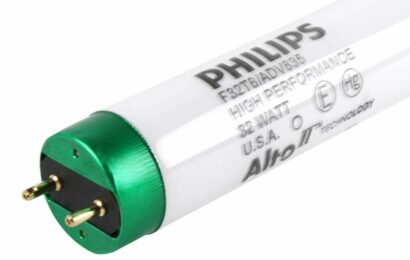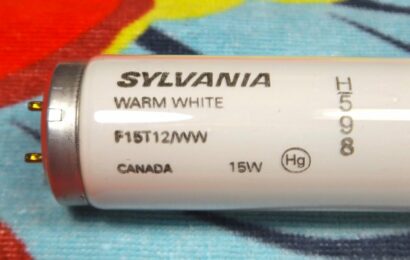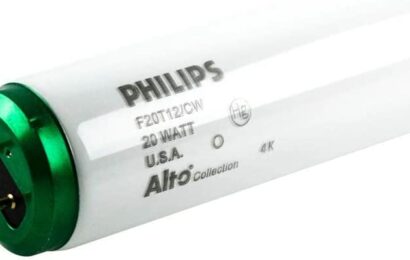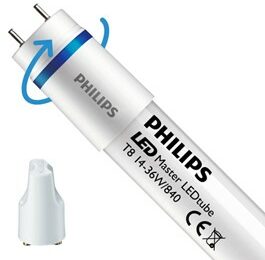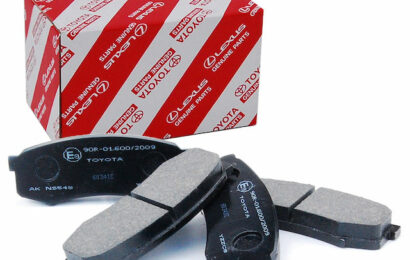Woodworks and furniture beautify our home. Therefore, we must ensure they are protected to preserve their natural beauty. One of the most effective ways to protect them is by using topcoat, such as Minwax Polycrylic Protective Finish. It is a clear water-based topcoat that protects woodworks against scratches, spills, dirt, and more.
We can apply Polycrylic by spraying and brushing. But the most effective way is to use a synthetic bristle brush. In this article, the best brush for Polycrylic will be discussed according to various forums right from its users because the better the brush, the better the finish.
What kind of brush do you use for Polycrylic?
Here are some of the ways how you can apply it to your woodwork:
1. Synthetic Bristle Brush
This brush is highly recommended for Minwax Polycrylic Protective Finish because it is made with melted and spun polymers such as nylon and other plastics. This brush will maintain its shape until you’re done with the application as it will not absorb the water content of Minwax Polycrylic Protective Finish. Minwax has its own synthetic brush that you can buy along with Polycrylic.
2. Foam roller
You can use a foam roller instead of Synthetic Bristle Brush for flat surfaces and larger areas like the flooring.
3. Foam Brushes
The foam brush is less expensive which are suitable for smaller projects. However, it wears out fast and gets floppy. Also, it may contain air on its head, which can leave bubbles in your finish.
4. Paint sprayer
Yes, you can use a paint sprayer to apply Minwax Polycrylic Protective Finish. You can use an HVLP spray gun or any type of topcoat sprayer. However, you have to thin the Polycrylic at 10% of its volume to ensure better spraying results. You have to apply in multiple thin coats to prevent drips or a bubbly finish.
All of these can be used to apply Minwax Polycrylic Protective Finish. Choosing the best brush depends on you and your needs. The choice of brush also depends on the size of your project or the structure of your project, whether it is flat or has lots of deep edges. Ultimately, it’s up to you to choose.
Most recommended brush brand for Polycrylic?
Minwax and customers recommend synthetic brushes for Polycrylic
When applying a topcoat finish such as Minwax Polycrylic Protective Finish, it is crucial to use the right brush. The type and quality of brush you will use when applying Polycrylic will affect the looks of the woodwork when it dries. Polycrylic is a water-based topcoat finish. Because of that, many users of Minwax recommend synthetic brushes as the most effective brush for Polycrylic because it will not absorb water and retains its natural shape. On the other hand, it is not advisable to use the natural bristle brush because it will absorb the water content of the Polycrylic, which will cause it to swell and lose its natural shape. As a result, the application is harder to manage, and the finish will not look good.
Top-rated brush for Polycrylic?
Minwax Polycrylic Synthetic Brush is the top-rated brush for Minwax Polycrylic Protective Finish
Here’s the top-rated Polycrylic brush:
- Minwax Manway Polycrylic brush- this is the most recommended brush for any water-based protective finishing coat that is made of nylon and polyester.
- Pro-grade paintbrush- is a durable, reusable angled bristle brush suitable for either big or small projects, used in tricky cavities and corners easily.
- Wooster brush– is suitable for detailed woodworks and trims because of its soft sure-grip handle for better control when coating narrow spaces. It also provides a non-slip grip that prevents spillage.
- Purdy Nylox brush– is a hand-made brush suitable for both water-based and oil-based coats. It has angular trim and a short, natural hardwood handle that is easy to grip.
Where can I buy a good Polycrylic brush?
You can buy a polycrylic brush at home depots or online, such as Amazon, eBay, Wallmart at a very affordable price.
How much does a Polycrylic brush cost?
A polycrylic brush usually is not very expensive. You can buy a good polycrylic brush for $11.10 on Amazon and any other online store.
Can I Use Natural Bristle Paint Brush with Polycrylic?
Do not use natural bristle brush for Minwax Polycrylic Protective Finish
Absolutely not. Minwax Polycrylic Protective Finish is water-based, while natural bristle brush is made of animal hair. Natural bristles will definitely absorb water. Thus, it is not indicated for Minwax Polycrylic Protective Finish. Natural bristle brush will swell and go limp when used in Minwax Polycrylic Protective Finish, which is not good for the application process. It will be harder to manage and may give you an uneven finish. Instead, you may use a brush made from nylon and other plastics such as synthetic brushes.
